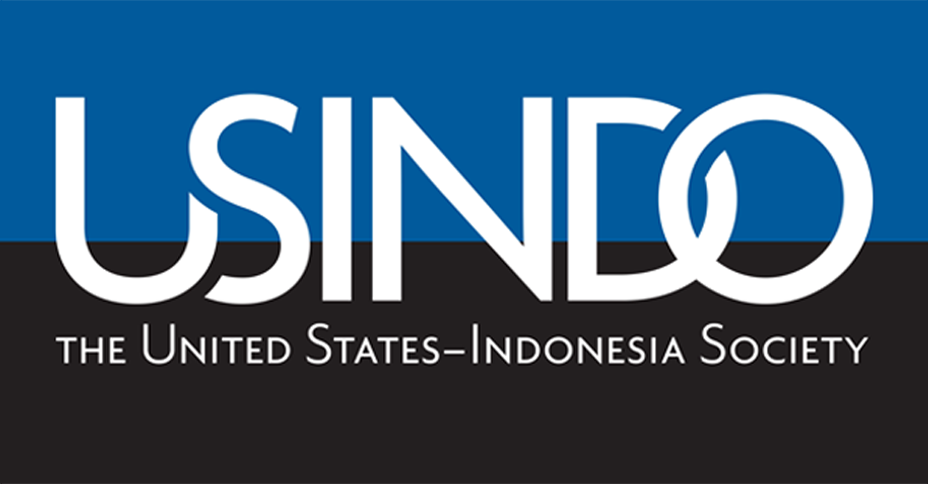Counterbalance: Red Teaming the Rebalance in the Asia-Pacific
Executive Summary
Since the Pivot to Asia was announced on November 17, 2011, President Barack Obama has sought to refocus American diplomatic, economic, and military attention to the Asia-Pacific region. Now known as the Rebalance to Asia, the effort remains designed to refocus American policymaking on the world’s fastest growing and most populous region, following long wars in the Middle East and the 2008 financial crisis. The fundamental premise of the Rebalance is that the history of the twenty-first century will be written in Asia. How the United States protects its allies and interests, contributes to institution building and security provision, and helps to manage a rising China will determine whether it can maintain a twenty-first century regional leadership role. This strategic turn has a central, but by no means exclusive, role for the Department of Defense. This study seeks to assess some of the Pentagon’s leading Rebalance initiatives to date, with an eye to helping a new administration to strengthen these efforts.
In its Asia-Pacific Maritime Strategy, the Department of Defense (DoD) has described three fundamental U.S. interests in the Asia-Pacific region: securing the freedom of the seas, deterring conflict and coercion, and promoting adherence to international laws and standards. The Pentagon’s initiatives are directed toward securing continued access to the seas and skies of the Western Pacific despite growing anti-access/area denial (A2/AD) challenges from China. The Department has begun to implement four distinct initiatives to that effect, which this report addresses in turn.
First, the Department of Defense has sought to reinforce its military force posture. Free movement throughout the Asia-Pacific maritime theatre, supported by forward-deployed troops and platforms, has underwritten regional security there for decades, but is due for a post–Cold War update to confront modern challenges. Next, the United States is pursuing new security assistance initiatives aimed at building partner capacity in the region. This line of effort seeks to reshape (and reform) traditional Cold War or counterterrorism-inspired relationships to confront contemporary challenges. Third, the United States is pursuing a Third Offset military modernization effort. Following in the tradition of the two prior offset strategies – efforts to balance Soviet quantitative military advantages with superior qualitative ones – the Third Offset strategy seeks to reassert American technological dominance for a new era. Finally, the Pentagon is developing new operational concepts by which it can fight and prevail in conflict using the capabilities and personnel to which it has access today.
This study aims to assess and provide prescriptions that may strengthen these initiatives. It scrutinizes the Pentagon’s assumptions about the Rebalance, offers alternative analyses, and attempts to anticipate how China might respond to U.S. efforts. Our study employed a Red Team method: a structured process of discussion and analysis designed to challenge traditional assumptions among policymakers and experts and to identify and overcome preexisting cognitive biases. Over the course of five workshops in 2016, teams of leading regional and functional experts examined the Pentagon’s four lines of effort, as well as how the four would interact in a scenario exercise based in the year 2020. These sessions, combined with the authors’ extensive research and interviews with policymakers leading the Pentagon’s Rebalance efforts, informed this report’s analyses and recommendations.
Read the complete report in the following link here
